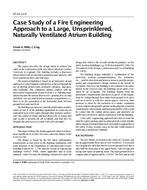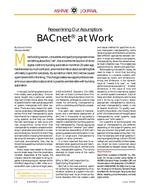Retro-commissioning, as a systematic process for identifying and improving less-than-optimal energy performance in an existing building’sequipment and control systems, is arguably one the most cost effective strategies for reducing energy consumption, running costs and carbonemissions in buildings. This process can be implemented as a one-time intervention, frequent “re-tuning,” or on-going continuous commissioning toensure that energy savings persist. Often retro-commissioning identifies deficiencies within the system, especially in the part-load operations of airconditioningsystems due to drift in control set points, bad maintenance and changes in cooling load over time. All of this further causes poor chillerefficiency and high pump and fan energy consumption leading to unnecessary energy losses and poor performance of the air-conditioning system. Thispaper analyses the effectiveness of the retro-commissioning process in ten different commercial buildings in Singapore of varying size(5,501m²(59,212 ft²) to 95,624m²(1,029,289 ft²) gross floor area), types (hotel, retail, offices, mixed use) and age (2 to 30 years old). Theenergy savings due to improvements in operating regimes of the air-conditioning systems ranged from 24% to 60% with the average saving of 43%,which accounts for 15% of total building’s energy and carbon reduction. This trend is seen in all buildings irrespective of their age. The averagecost of implementation of energy conservation measures was 18.26S$/m² (1.69 S$/ft²) with an average payback of 1.53 years.
Citation: ASHRAE Papers CD: 2014 ASHRAE Annual Conference, Seattle, WA
Product Details
- Published:
- 2014
- Number of Pages:
- 8
- File Size:
- 1 file , 830 KB
- Product Code(s):
- D-SE-14-C064


